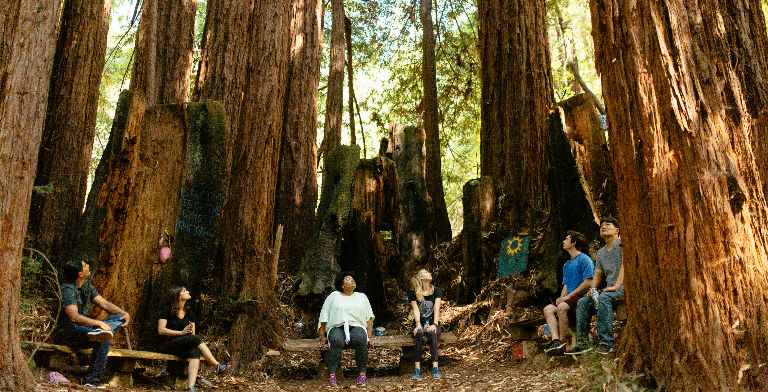The Camp Recovery Center helps adults struggling with drug and alcohol addiction find long-term recovery. Located near Scotts Valley & San Jose, CA, The Camp provides premier substance abuse rehabilitation.
Ketamine
The Nature and Effects of Ketamine
Ketamine (“K,” “Special K,” “cat Valium”) is a dissociative anesthetic developed in 1963 to replace PCP and currently used in human anesthesia and veterinary medicine. Much of the ketamine sold on the street has been diverted from veterinarians’ offices. Although it is manufactured as an injectable liquid, in illicit use ketamine is generally evaporated to form a powder that is snorted or compressed into pills.
Ketamine’s chemical structure and mechanism of action are similar to those of PCP, and its effects are similar, but ketamine is much less potent than PCP with effects of much shorter duration. Users report sensations ranging from a pleasant feeling of floating to being separated from their bodies. Some ketamine experiences involve a terrifying feeling of almost complete sensory detachment that is likened to a near-death experience. These experiences, similar to a “bad trip” on LSD, are called the “K-hole.”
Ketamine is odorless and tasteless, so it can be added to beverages without being detected, and it induces amnesia. Because of these properties, the drug is sometimes given to unsuspecting victims and used in the commission of sexual assaults referred to as “drug rape.”
DXM
Nature and Effects of Dextromethorphan (DXM)
Dextromethorphan (sometimes called “DXM” or “robo”) is a cough-suppressing ingredient in a variety of over-the-counter cold and cough medications. Like PCP and ketamine, dextromethorphan acts as an NMDA receptor antagonist. The most common source of abused dextromethorphan is “extra-strength” cough syrup, which typically contains 3 milligrams of the drug per milliliter of syrup. At the doses recommended for treating coughs (1/6 to 1/3 ounce of medication, containing 15 mg to 30 mg dextromethorphan), the drug is safe and effective. At much higher doses (4 or more ounces), dextromethorphan produces dissociative effects similar to those of PCP and ketamine.
The effects vary with dose, and dextromethorphan users describe a set of distinct dose-dependent “plateaus” ranging from a mild stimulant effect with distorted visual perceptions at low (approximately 2-ounce) doses to a sense of complete dissociation from one’s body at doses of 10 ounces or more. The effects typically last for 6 hours. Over-the-counter medications that contain dextromethorphan often contain antihistamine and decongestant ingredients as well, and high doses of these mixtures can seriously increase risks of dextromethorphan abuse.
















